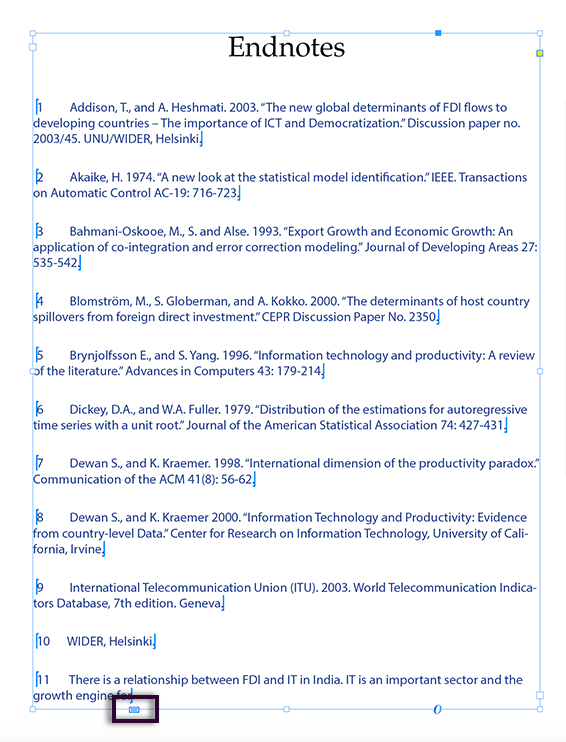

risks confusing the reader." ( The Chicago Manual of Style, 17th ed., p. saves no space, and in electronic formats that link to one note at a time, ibid. Shortened citations generally take up less than a line, meaning that ibid. in favour of shortened citations.to avoid repetition, the title of a work just cited may be omitted. In a departure from previous editions, Chicago discourages the use of ibid. (from ibidem, "in the same place") usually refers to a single work cited in the note immediately preceding. Subsequent Footnotes or Endnotes (Shortened)

Nagarajan, Vijaya, Feeding a Thousand Souls: Women, Ritual, and Ecology in India: An Exploration of the Kolam (New York: Oxford University Press, 2019), 233. Mary Zanarini, In the Fullness of Time: Recovery from Borderline Personality Disorder (New York: Oxford University Press, 2019), 87.Ģ. The most common short form consists of the last name of the author and the main title of the work cited, usually shortened if more than four words." (The Chicago Manual of Style, 17th ed., p.

To reduce the bulk of documentation in works that use footnotes or endnotes, subsequent citations of sources already given in full - either in a previous note or in a bibliography that provides complete bibliographic data - should be shortened whenever possible.The short form, as distinct from an abbreviation, should include enough information to remind readers of the full title or to lead them to the appropriate entry in the bibliography." (The Chicago Manual of Style, 17th ed., pp.


 0 kommentar(er)
0 kommentar(er)
